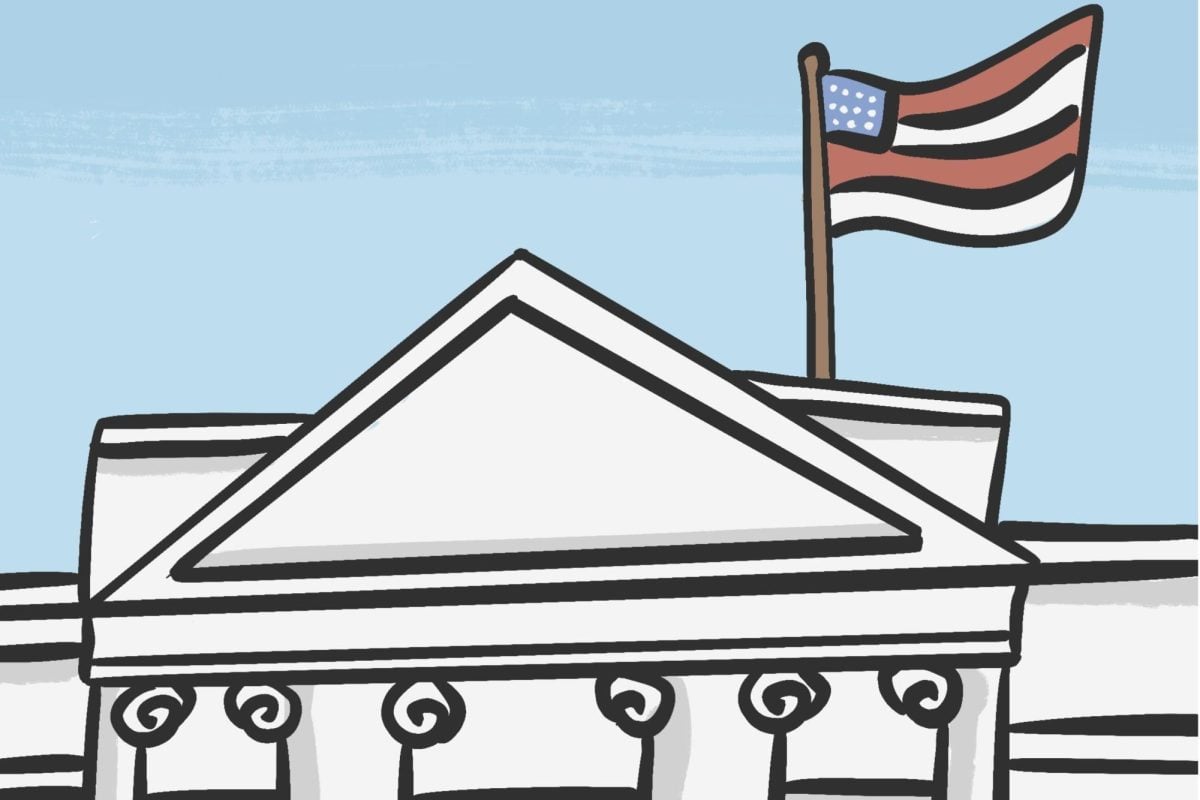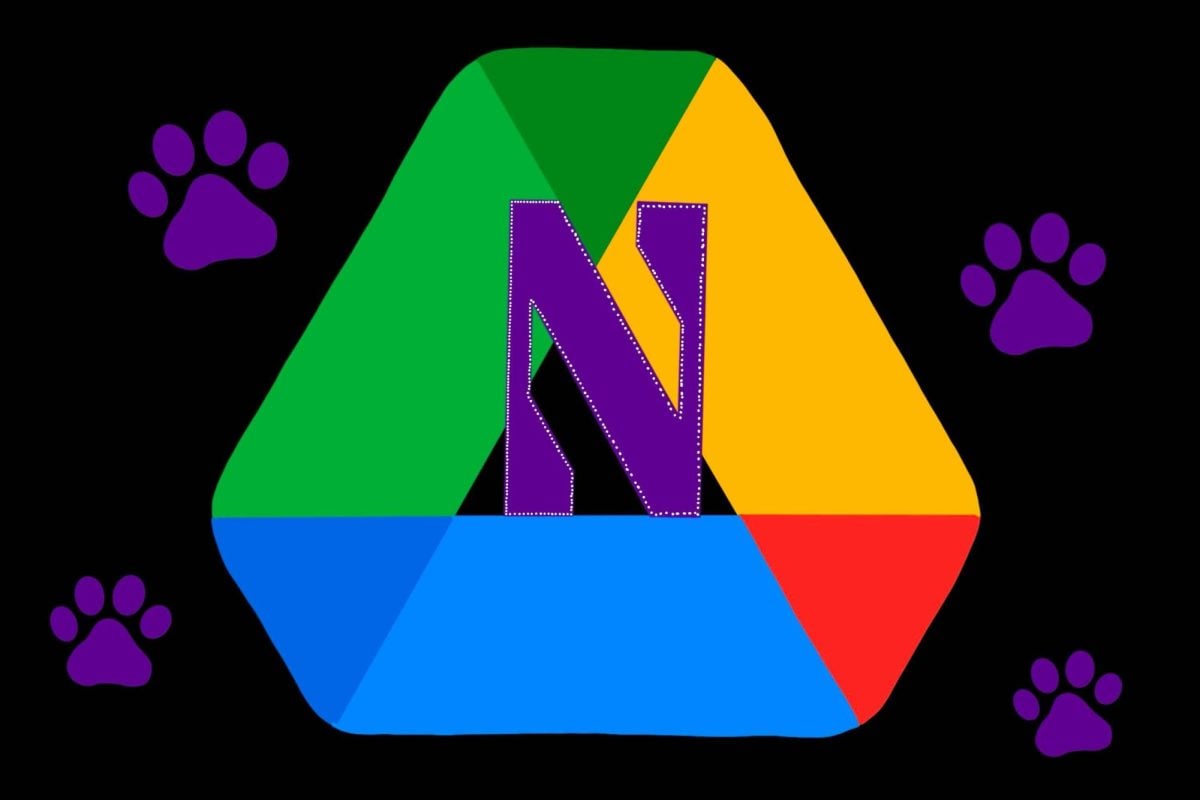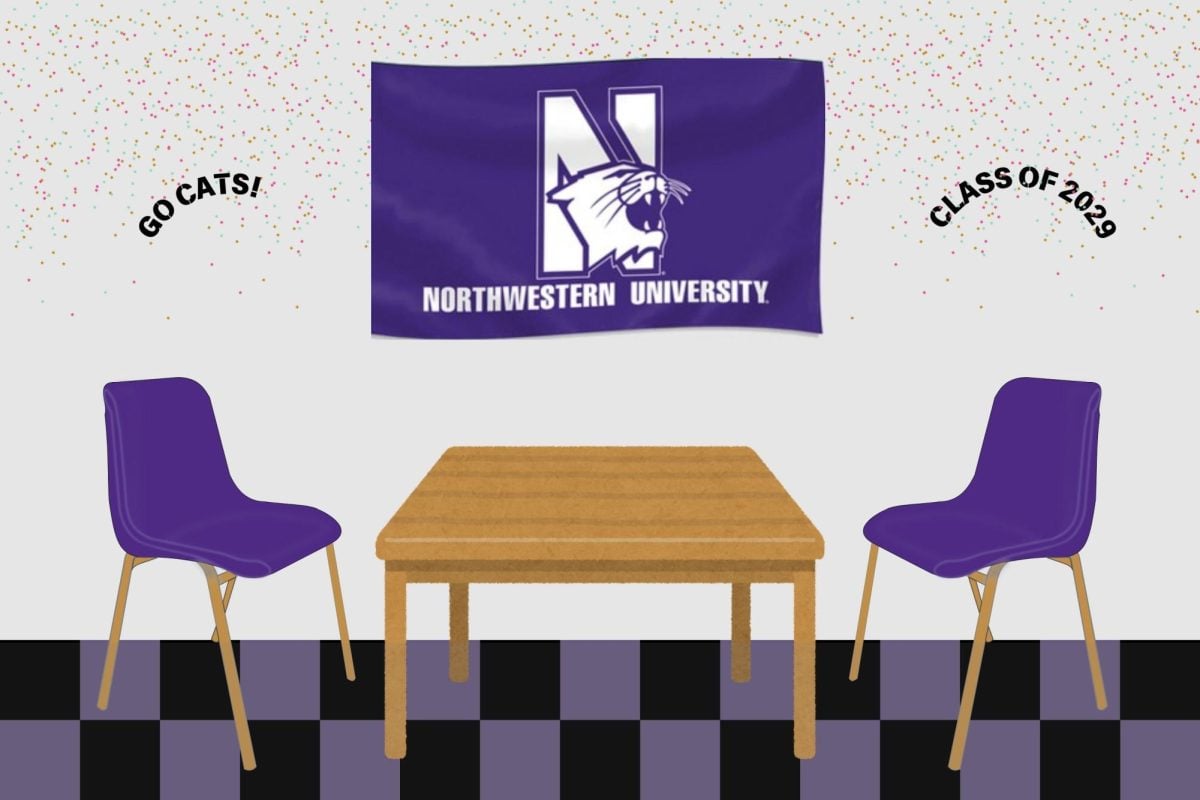The Campus Chalker’s Nov. 30 excursion began like dozens of other outings earlier in the fall. The Weinberg sophomore, who asked to remain anonymous so he can continue his art, chatted and listened to music with a friend while drawing on the side of a facilities building near Annie May Swift Hall with chalk. Then one police car, followed by four more, drove up to the students.
University Police officers approached the students and explained that, per University policy, chalking is not allowed on walls. The students then received citations and a court date for Jan. 10.
Since the beginning of Fall Quarter, the artist has made chalk drawings on campus buildings and sidewalks. He started a blog on Tumblr in late October to document his art and tags his drawings with his Twitter handle, @CampusChalker.
University policy, in the Guide to Student Organizations Handbook, states that chalking “is allowed only on campus sidewalks that are exposed to the elements, i.e., not under an overhang. It is not allowed on walls, doors, windows, trees, and lampposts.”
After receiving the citation, the Chalker and his friend met with University officials Dec. 6. He said administrators were surprisingly supportive of the chalking; they encouraged him to continue chalking on sidewalks, but only chalk buildings with University approval.
“They said they loved it, but I need permission,” the Chalker said. “They wanted me to keep doing it, but in a legal way, which put my mind at rest.”
Although he and his friend experienced little retribution from the University, the outcome from the citation remains unclear.
“Going into the court date I don’t think I have anything to fear, just maybe a fine,” he said. “I’m usually a fine, upstanding citizen.”
University spokesman Al Cubbage declined to comment on an individual disciplinary case.
The Handbook, which Cubbage said contains the University’s policy on chalking, states that for a student organization’s first chalking offense, the organization’s president would receive a warning email. For a second offense, the president would receive a warning email, and a possible fine of $50 per flyer if use of flyers were involved. The Handbook does not mention consequences beyond a warning email for a second offense of chalking.
The Chalker said although he created signed chalk works before this offense, he was never disciplined.
In the future, the Chalker said he will chalk solely on sidewalks to avoid further legal action. Because of both the first citation and the cold weather, he said he will chalk less around campus and make less elaborate drawings. In addition, he said he will continue to chalk only on campus because the police who cited him told him the consequences could be much worse in Chicago.
Communication junior Rayyan Najeeb said he enjoys the Chalker’s work. He compared the Chalker to street artists like Banksy, a globally-known, anonymous graffiti artist from England.
“For Banksy and other vigilantes, it’s a risk they have to take,” Najeeb said. “If that risk isn’t there, the result isn’t fruitful.”
The Chalker said he takes inspiration from Banksy. Over winter break, he began experimenting with paint and other mediums. The Chalker said he brought some of these paintings, which he made in a shed-turned-home-studio, back to NU and will display and sell them in Jones Residential College’s art gallery Saturday. The majority of the proceeds will go to Dance Marathon, he said.
“A few people expressed interest in buying, but I wasn’t sure how I felt about being a sell-out so this was a good middle ground,” he said. “If I can use the Campus Chalker platform to raise money, I would be really excited.”
Though he said he enjoyed experimenting with a different medium, he will stick to chalk.
“It’s cheap, easy to carry and easy to use,” he said. “I like the transience of it. Chalk is frustrating at times, but I’m drawn to it.”






